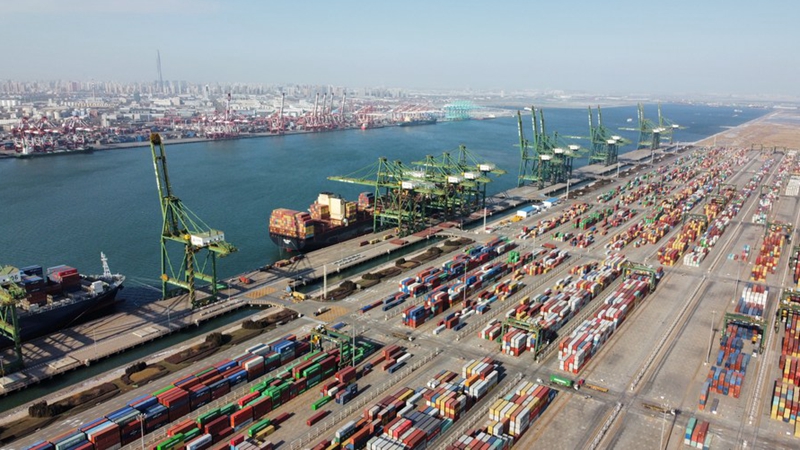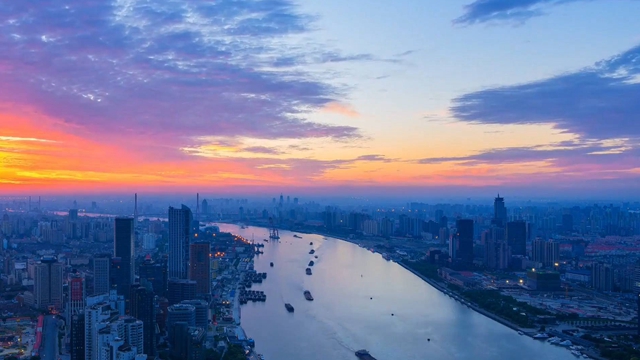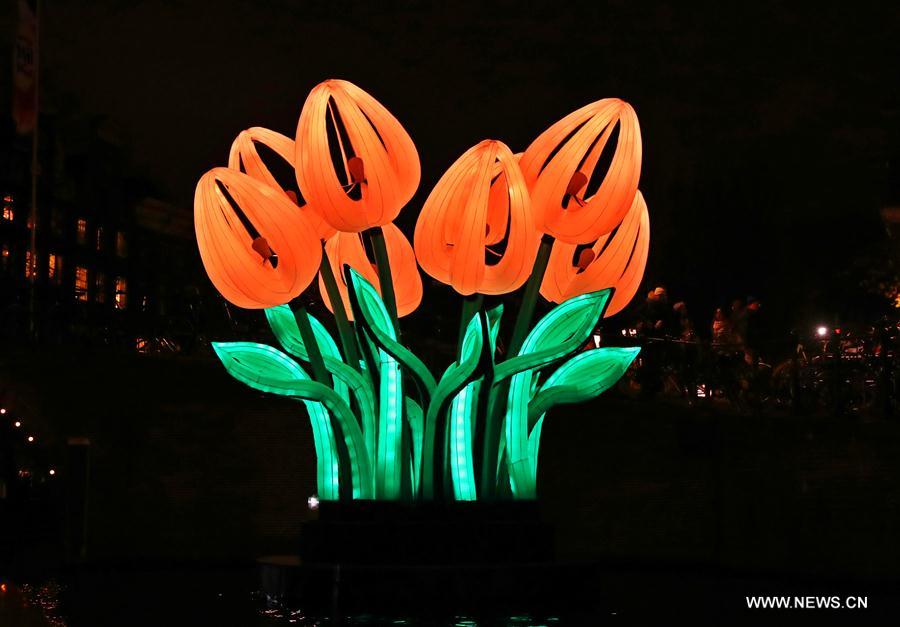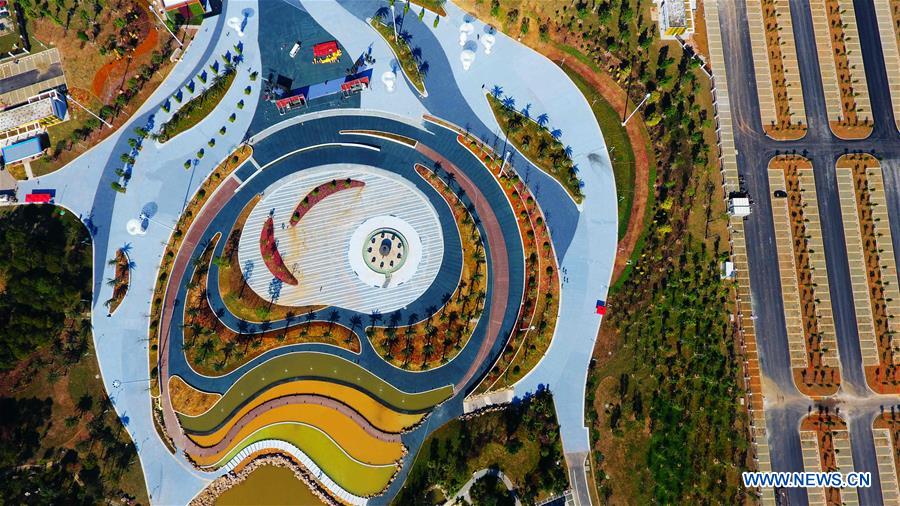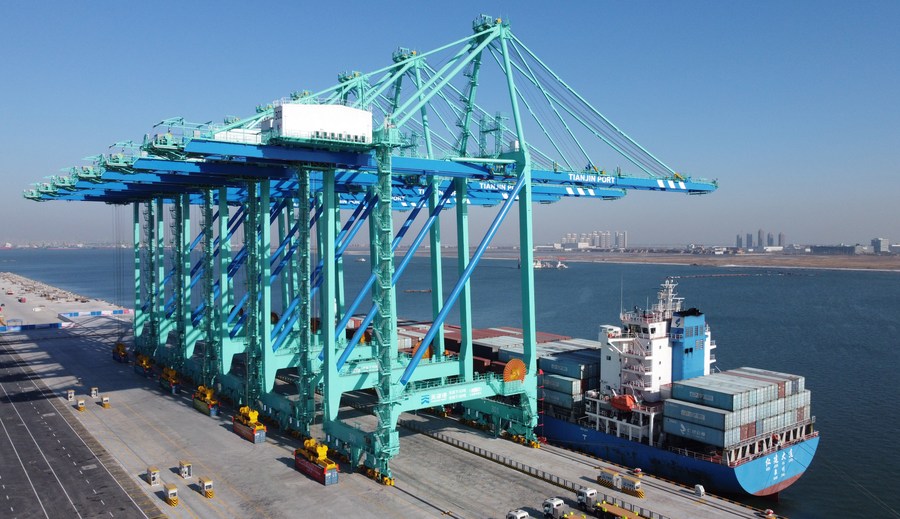
Photo taken on Jan. 17, 2021 shows a smart container terminal at Tianjin Port in north China's Tianjin Municipality. (Xinhua/Zhao Zishuo)
OLD PORT, NEW AMBITION
The sea transportation of Tianjin Port dates back more than 1,000 years to the Tang Dynasty (618-907), when grains were shipped via the port to the northern border army.
After the founding of the People's Republic of China in 1949, the war-torn port was rebuilt and reopened in 1952.
Back then, workers had to shoulder cargoes to load them on and off the vessels. Cheng Jingang, a former port loader, said that carrying brown sugar packs was the toughest work in winter.
"The imported sugar was stiff in freezing weather, and countless trips carrying them often left our shoulders swollen," the 71-year-old retiree recalled.
Cheng is delighted to see that his son, Cheng Weidong, did not have to go through similar misery while working. The junior Cheng, 42, is a tow truck driver at the port. Instead of simply driving, he also participates in the research and development to convert fuel trucks into electric ones as part of the port's green drive.
"I have learned the CAD software for design and drafting, and the 3D printing also helps a lot," said the younger Cheng.
To help cut carbon emissions, trains have replaced trucks to deliver large volumes of cargo to the port, including 100 percent of coal and coke.
As a result, the number of trucks that come and go has reduced from 50,000 to 30,000 per day, which helps cut carbon emissions equivalent to those of 4 million cars, said Chu, the chairman.
Thanks to the measures, pollutant emissions were cut by more than 3,000 tonnes last year.
The port is also promoting clean energy, with rooftop solar panels and wind windmills to be installed.
"By making use of wind and solar energy, we will strive to realize zero carbon emission in our port," said Chu.
GLOBAL HUB
Liu Yu, deputy publicity manager of the TPG, said the port could only harbor a 10,000-tonne vessel in the 1950s, and now, handling a 300,000-tonne ship is a piece of cake.
Located at the coastal area of Bohai, China's continental sea, Tianjin Port has a shorter distance from the country's inland ports, such as Alataw Pass in Xinjiang Uygur Autonomous Region and Manzhouli and Erenhot in Inner Mongolia Autonomous Region -- all important border ports along the Belt and Road.
Therefore, sea-railway combined transportation has become a preferred choice that serves the Belt and Road.

